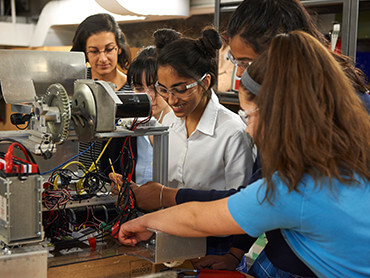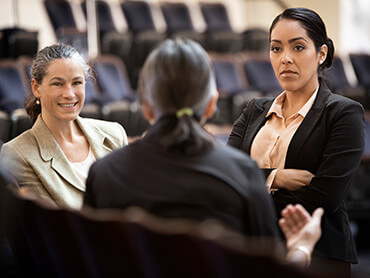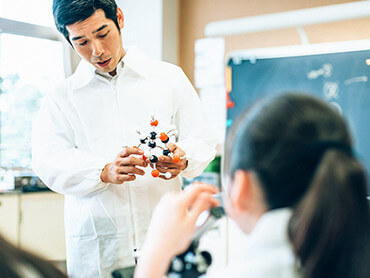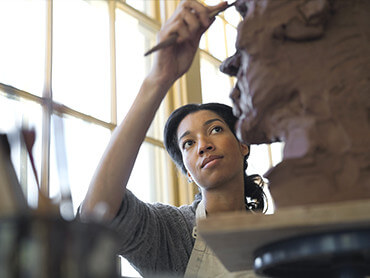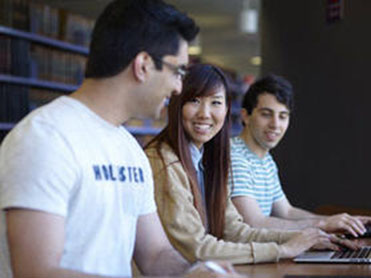

西雅图中央社区学院基本信息
- 中文名:西雅图中央社区学院
- 英文名:Seattle Central College
- 位置:SEATTLE
- 简称: Seattle Central College
- 学校性质:学院
- 建校时间:
- 又名:
西雅图中央社区学院校训
- 院校总览
For 50 years, Seattle Central College has played a vital role in educating generations of residents, providing them with the skills and knowledge to build better lives for themselves and create stronger communities.Seattle Central was officially created on July 1, 1966, as “Seattle Community College,” the first two-year college in the city, and the 19th in Washington state. Its establishment filled a huge unmet need for affordable education and career training for the city’s residents. No longer would people have to travel to colleges in Everett, Bremerton or other areas outside of Seattle.Although the college was created half a century ago, its roots run much deeper. On the current Capitol Hill campus originally stood Broadway High School, the city’s first high school, which opened in 1902. When it closed in 1946, shortly after World War II ended, Edison Technical School opened to serve thousands of veterans returning from the war with vocational training and education, helping them transition to civilian life.The passage of the Community College Act in the mid-sixties helped pave the way for the creation of the college. Its beginning was rather humble – Seattle Community College didn’t have a home when it first opened. It operated out of 11 buildings owned by the Seattle School District, principally at the former Edison Technical School.That didn’t deter thousands of people from applying for admission, who were excited to enroll in vocational and college transfer programs. During that first academic year, tuition was just 60 per quarter, and nearly 14,000 students enrolled in classes.When North Seattle and South Seattle community colleges were created in the early seventies, Seattle Community College changed its name to “Seattle Central Community College.” This signified its geographic location at the heart of the city, but also foretold its role as an educational, cultural and social cornerstone, as it became "central" to the Capitol Hill neighborhood and the city of Seattle.






